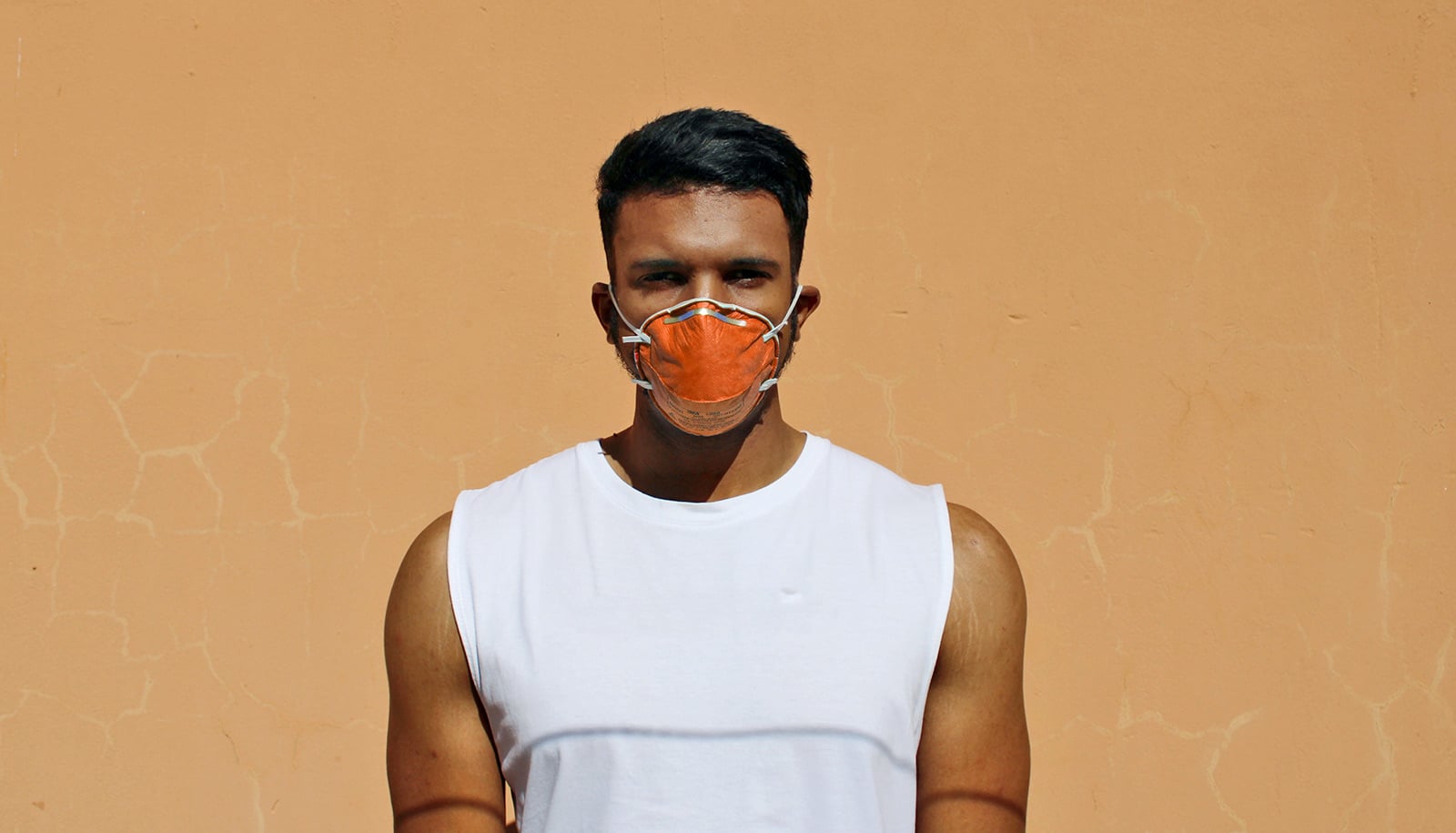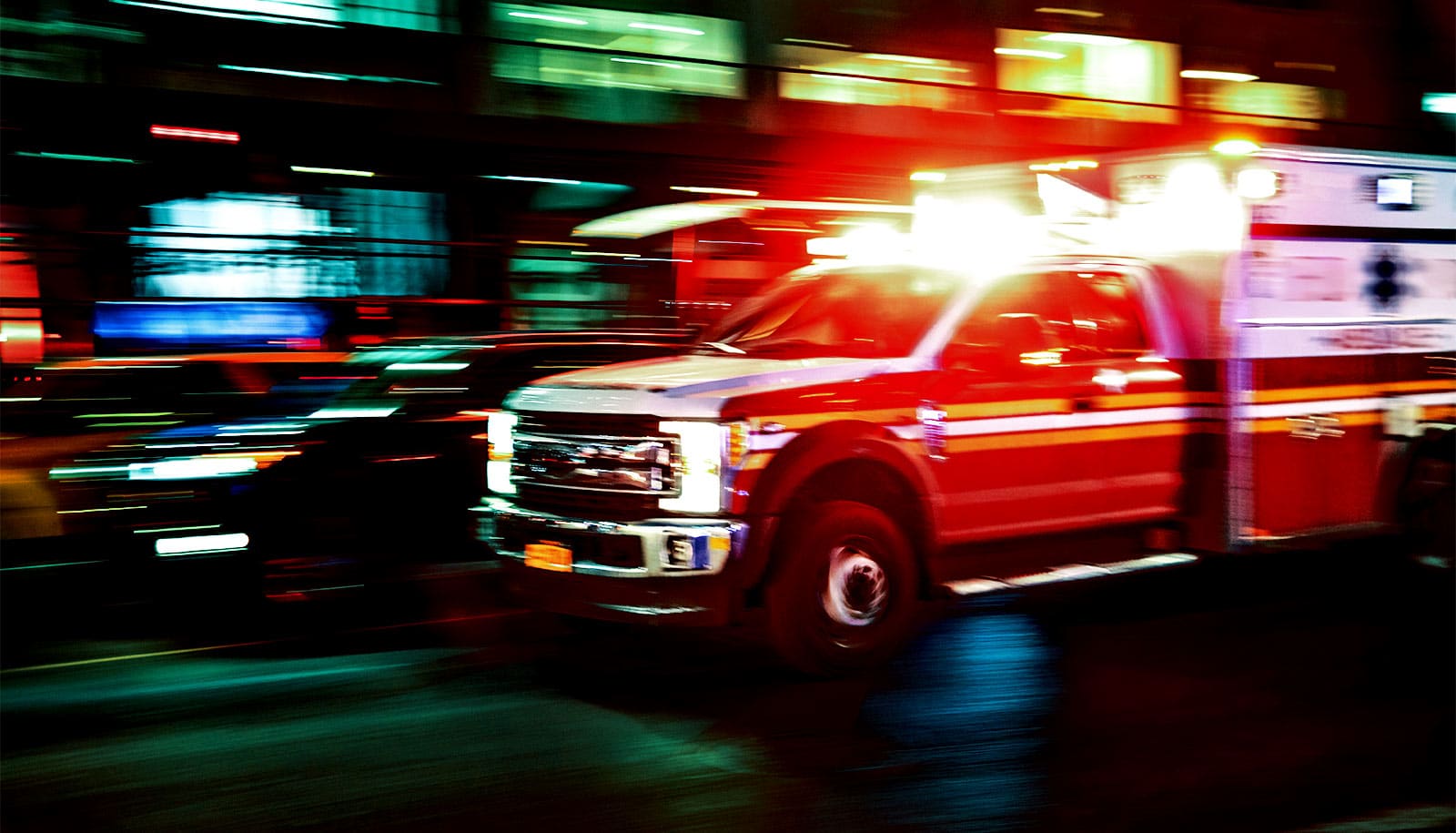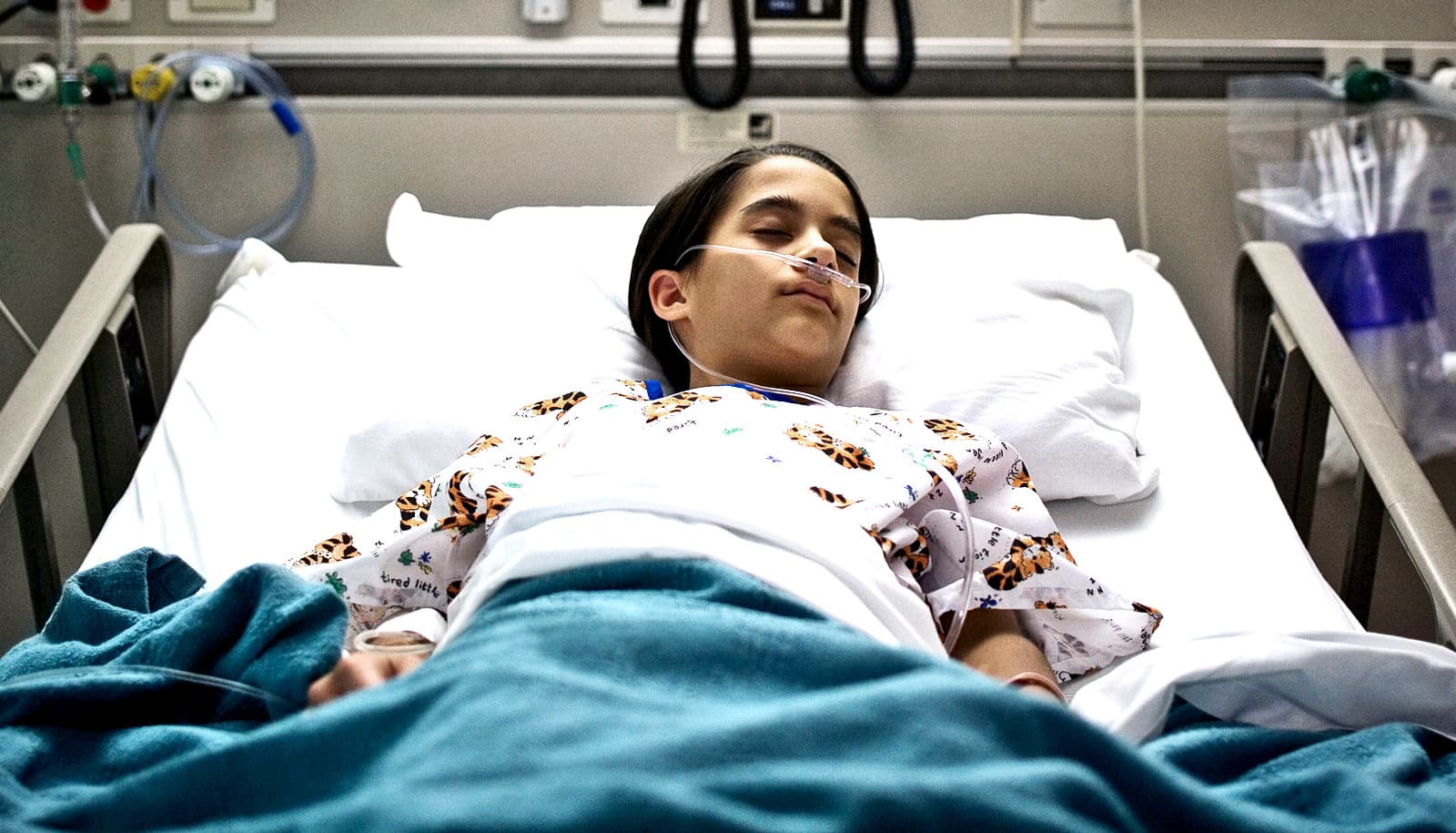Physicians treating people with COVID-19 have noted an increase in strokes among young and otherwise healthy adults who later are diagnosed or recovering from the disease.
Priyank Khandelwal, an endovascular and vascular neurologist and assistant professor at the Rutgers New Jersey Medical School, discusses why these strokes are increasingly occurring in younger patients and the precautionary measures that can help save their lives:
What is a stroke, and how does it occur?
Acute ischemic stroke, as it is medically called, occurs when there is a sudden blockage or reduction of blood supply to the brain tissue.
There are two types, small vessel and large vessel strokes. Small vessel strokes are more common and occur when smaller arteries which carry blood get blocked in the brain. Large vessel strokes, affecting larger arteries in the brain, represent about 20% of all reported strokes but the majority of stroke-related deaths.
What are the normal risk factors for a stroke?
Large vessel strokes commonly happen in the elderly population, usually with a median age of 74 years. The presence of high blood pressure, diabetes, high cholesterol, smoking, abnormal rhythm of the heart, and advanced age are some of the common factors which put one at risk for a stroke.
Why are healthy young, median-aged adults increasingly getting strokes due to COVID-19?
Initial reports from China and New York State have shown blockage of large arteries in the brains of young patients suffering from COVID-19. One hypothesis is that the SARS-CoV-2 virus, which causes COVID-19, induces inflammation, which then causes the thickening of the blood and can result in a severe type of stroke in otherwise healthy young adults.
Rutgers has created an international registry to characterize strokes from major hotspot regions of the world, including northern New Jersey, and our initial analysis suggests a similar trend. A current study is under review by a medical journal to further investigate the data.
What are the signs of a stroke?
Signs of a stroke can include sudden numbness in one part of the body or loss of function in one part of the body such as the face, leg, or arm; other acute symptoms may include slurred speech, vision problems, trouble walking, dizziness, lack of balance or coordination, and intense headache.
What should people do if they suspect they or their loved one is having a stroke—especially considering the concerns of overburdened hospitals and the risks associated with a visit?
Patients should be assured that most hospitals have a robust protocol to take care of them efficiently and safely, even amid the COVID-19 pandemic. Rapid testing is available at certain hospitals where every patient presenting signs of stroke is tested for COVID-19. Results are usually available within two hours, and patients kept in COVID-19 or non-COVID-19 designated stations.
Patients should therefore seek immediate attention if they or their loved one experiences a sudden onset of blurred or double vision, facial droop, arm and leg weakness, slurred speech, or trouble in understanding what others are saying.
Treatment of stroke either via clot-bursting medication or in combination with a catheter-based treatment (mechanical thrombectomy), can only be offered to patients if they reach the hospital in a timely fashion. A delay of even a few hours can result in permanent disability.
Source: Rutgers University



